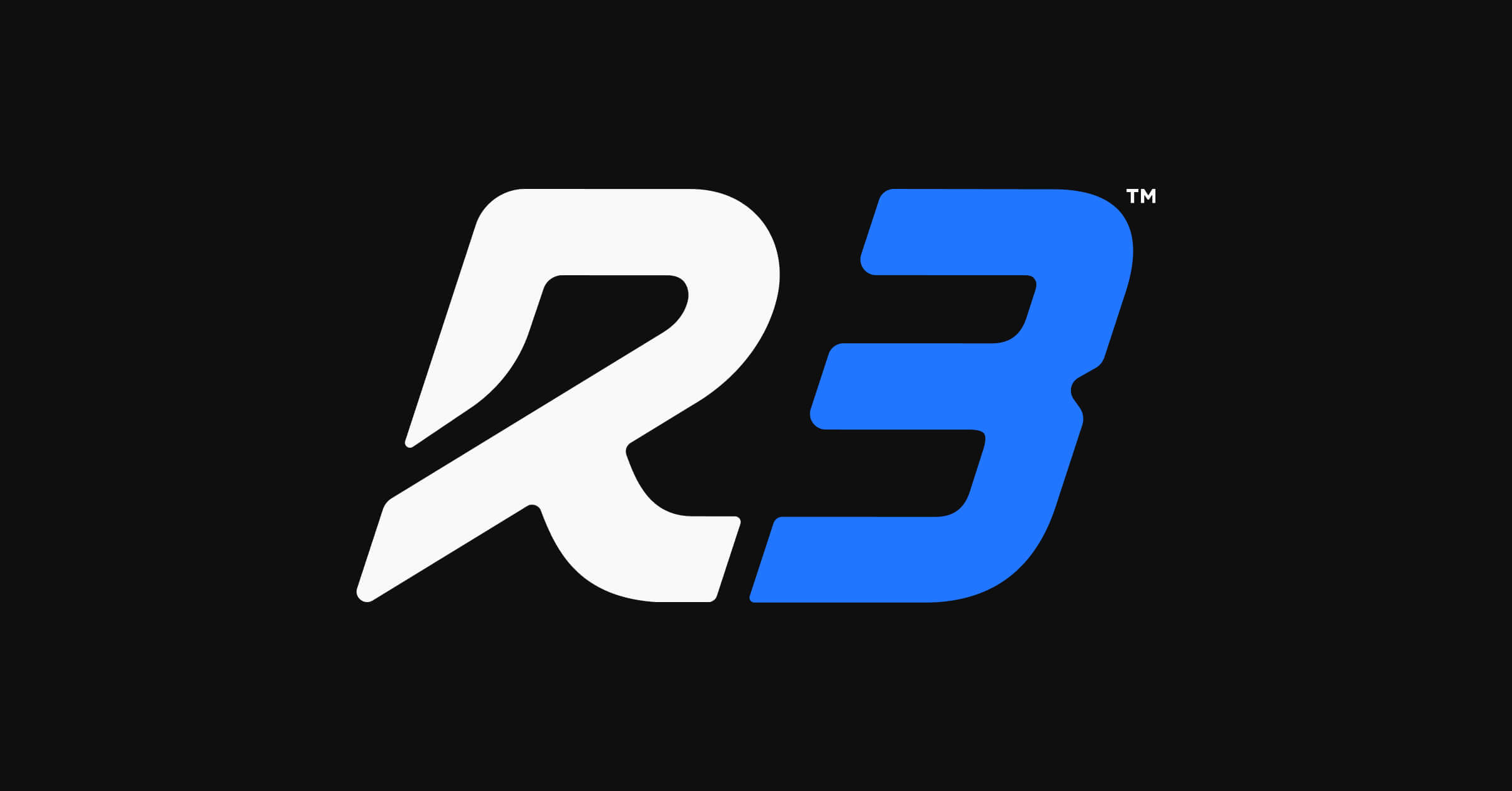MFA
Multi-Factor Authentication is a cybersecurity and data-protection best practice that makes it more challenging for a would-be cyber-criminal to access your data. It relies on multiple factors in order to successfully login to whatever system it is you’re protecting (hopefully all of them!).
The first question you might have is simple: What do you mean by “multiple factors?”
Well, often the first line of defense when a user (or employee) is logging into any system is a password. However, the problem with passwords is that they can be easy to guess (password123!).
Now, if we add a second factor to the login process like, say, a text messaged code, now a potential hacker must not only guess the correct password, but they also must either: 1) Hack into your phone quickly (hard) or, 2) Guess the code that was sent to your phone in a short amount of time with limited attempts (harder).
The reason why MFA is so effective lies in its simplicity; it’s simply more difficult for hackers to gain access to multiple devices or obtain specific information efficiently.
How Does Multi-Factor Authentication Work?
In a nutshell, multi-factor authentication works in four ways:
- What you know – Knowledge of something like a password using code words or phrases or some sort of alpha-numeric string of characters to lock your data is a pretty common form of authentication. Any variation of this would be answering predefined questions like; where were you born? Or what was your favorite pet’s name? Are all viable MFA methods.
- What you have – The most common form of the possession MFA would be access to your phone/computer in order to receive a text or email, which typically contains a one-time code to enter into the login process. This is a very difficult hurdle for a hacker to leap over since the codes/passwords are typically time sensitive and will need to be reset if not entered in a 1-5 minute period (this varies).
- What you are – “What you are” refers to biometric data like a fingerprint, face scan, voice recognition, retinal scan, etc. You may have a Mac computer with a fingerprint scanner to open it or an iPhone with facial recognition software; this is another form of MFA.
- Where you are – Location-based MFA is less common with the emergence of remote work, however, there is a form of MFA where the network you are on can come into play.
Why Do You Need Multi-Factor Authentication?
To put it in layman’s terms, you need multi-factor authentication because it makes it more difficult for unauthorized users to access your data. It’s an extra layer of security that adds a time sensitive, password-based, device-oriented, biometric, or location-based layer of security that is incredibly difficult to replicate. And it’s effective.
How effective is MFA? Well, in a recent study from Microsoft, MFA demonstrated a 99.9% success rate in blocking fraudulent sign-in attempts. And in a second study from Google, MFA was found to be between 76-100% effective at blocking account hacks.
How to Implement MFA
- Find a strategic partner – There are many tools available to businesses that can implement MFA security measures. The majority of software, CRM, network tools, etc. have an MFA element built in. Furthermore, there are many ways to customize with third-party tools. If you’re not well-versed in implementing an MFA strategy, then you’ll want to align yourself with a cybersecurity team that will take the time to understand your specific needs.
- Keep it simple – There are easy and more difficult ways to adopt MFA. Find a method that makes it easier for employees of any generation and technical skillset to adopt your new Communicate – MFA is only as strong as the adoption rate across the company. One weak link is a potential open doorway for attacks. But every employee (from top to bottom) that has MFA implemented is another door closed. You’ll want to start by selecting a few high-level/high-influence members of your organization to adopt it first, then begin an internal marketing campaign to reinforce the importance of adopting MFA. Once you have swayed public opinion, it’s time to train everyone on how to use it.
Ready to add an extra layer of security to your personal and company data? Reach out to the R-3 IT team for a free consultation and we will steer you in the right direction.





